Acre, a northern port city and a UNESCO site, is steeped in history and is home to architectural gems, religious landmarks, and colorful markets.
About Acre
“If only I had succeeded in conquering Acre, I would have changed the face of the world," dictated Napoleon Bonaparte to the writer of his memoirs during his exile on the island of Saint Helena. Even he, one of the most famous generals in the annals of Europe, recognized the extraordinary importance of this northern port city to the eastern basin of the Mediterranean Sea.
Acre (Hebrew: Akko) was the key and the entrance port to the Land of Israel, serving as the connecting axis between the East and the West. The famous traveler Marco Polo also stayed in the city- an important stop on his first journey to distant China. And he wasn’t the only one - throughout the Middle Ages and modern times, until new ports opened in the capital of Lebanon and in Haifa, Acre was a rich and lively city where travelers and merchants from all over the world gathered. It had bustling markets and a port full of goods from the East – everything from spices, perfumes, spices, and incense, to silk, precious gems, sugar cane, and cotton.
Acre reached its peak during the Crusader period. Affluent Italian cities, such as Venice, Pisa, and Genoa fought fiercely to gain a foothold in Acre, and every square meter of the city was valuable. The Knights Templar, who protected the pilgrim convoys, joined the fight for control of the city as did the Knights of the Order of St. John who opened a huge hospital in the north of the city for the exhausted pilgrims who arrived in Acre by sea. This is thought to be the first hospital in Europe, giving the Knights of St. John the Baptist the name: Hospitallers.
The Muslims built a new city on the Crusader ruins, and significant parts of the lower city have been excavated over the past 70 years. While in Acre, wander the halls of the knights and the tunnel of the Templars.
The Turks built a citadel above the Crusader Quarter that, during the British Mandate, was turned into a prison for members of the resistance, before the establishment of the State of Israel. The citadel is now a museum where you can visit the prison cells and the gallows cell.
Today, old Acre is an Arab city, and most of its inhabitants are Muslim. You’ll hear the voice of the muezzin five times a day, blending into the busy street that stretches between the Al Jazar Mosque and the port. The mosque has a wide courtyard with a place for worshippers to purify themselves. For a small fee you can visit it and enjoy Turkish architecture at its best. The mosque is a place of pilgrimage for the Muslims of the Galilee, and, according to the believers, a hair from the Prophet Muhammad's beard is kept there. To the right of the entrance to the mosque are the graves of Ahmed El Jazar and Suleiman Pasha, builders of the new Turkish Acre.
From the courtyard of the mosque, a narrow staircase will take us down to a huge reservoir of drinking water. The water, which originated in springs about 8 miles north of the city, was transported by an aqueduct. The last aqueduct, built by Suleiman Pasha in 1812, can be clearly seen from the road near the adjacent Kibbutz of the Ghetto Fighters.
The road from the mosque to the port leads to a colorful market full of spices, musical instruments, hookahs, tobacco shops, halva, peanuts, candied almonds, and pistachios, bakeries with sweet oriental pastries and pitas, hummus and falafel stands, housewares, and shops selling freshly caught fish from the port. At every corner, there are merchants squeezing fresh citrus juices, pomegranates, and sugar cane. In the small port which is used today for fishing and mooring modest yachts, you can go on a fun cruise around the walls of Acre. Be sure to walk on the wide walls of the Old City – it is said that Acre is not a city surrounded by a wall, but, rather, it is a large wall housing a small city inside.
Near the harbor, on the way to the southern wall adjacent to the sea, you will pass by Khan al-Adamtan, which includes a large courtyard surrounded by granite columns looted from the ruins of Caesarea. This khan, built by Ai al-Jazar, was the most important market in Acre with shops on the ground level and an inn for guests on the upper level. Above the khan rises the clock tower built in 1900 to mark the 25th anniversary of the reign of the Turkish Sultan Abdul Hamid II in the Land of Israel. He was also the last sultan to rule the Holy Land.
We will continue on the wall that runs along the sea from the Doniana restaurant, overlooking the harbor to the lighthouse, to the fish restaurant of Chef Uri Buri. We recommended strolling among the narrow and picturesque alleys.
Acre's nightlife is centered around Khan Al Farang which was an important market dominated by 16th century French merchants until they were driven out by Al Jajar, who took over the cotton trade. Today it is lined with restaurants and cafes, and, if you’re interested, you can also go native and smoke hookah!
Outside the Old City walls there are three sites that we recommend visiting: Napoleon's hill, from where Napoleon looked out over the city and was amazed to discover the mighty wall that was quickly erected by Ahmed al-Jazar just a few years before the French invasion of the Levant; the Tunisian Synagogue with the many mosaics documenting important events from the country's history; and the spacious and well-kept Baha'i garden north of the city where Baha'u'llah, the founder of the Baha'i religion, was laid to rest.
The city of Acre was declared a UNESCO World Heritage Site in 2001 and is a fascinating day trip through history!
Popular Itineraries
Traveled by thousands
Acre Hotels
by

Attractions in Acre
- El-Jazzar Mosque, Acre
- Old City, Acre
- Beach, Acre
- Citadel and Hospitaller Refectory, Acre
- Baha'i Gardens, Acre
- Or Torah Synagogue, Acre
- Al Basha Turkish Bath, Acre
- Port of Acre
- Underground Prisoners Museum, Acre



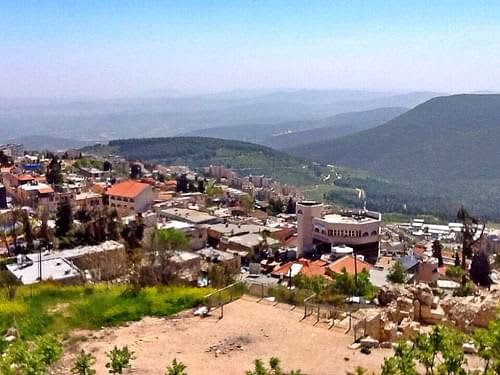
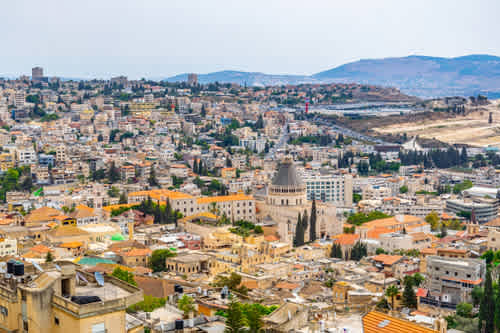



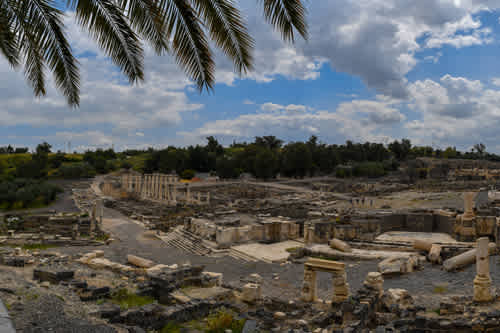


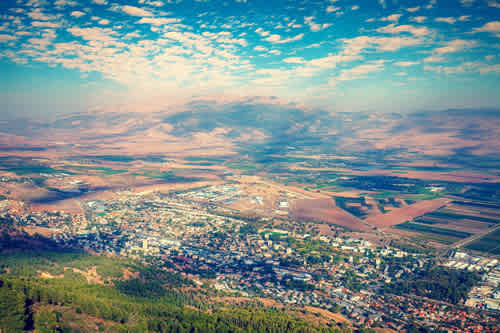
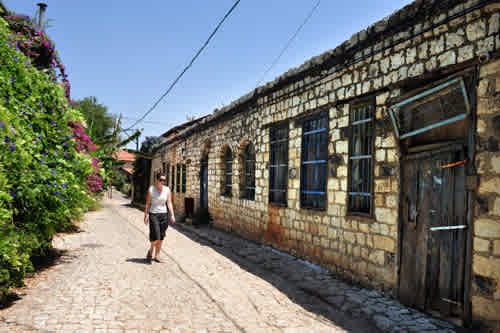

 Travel Perks
Travel Perks